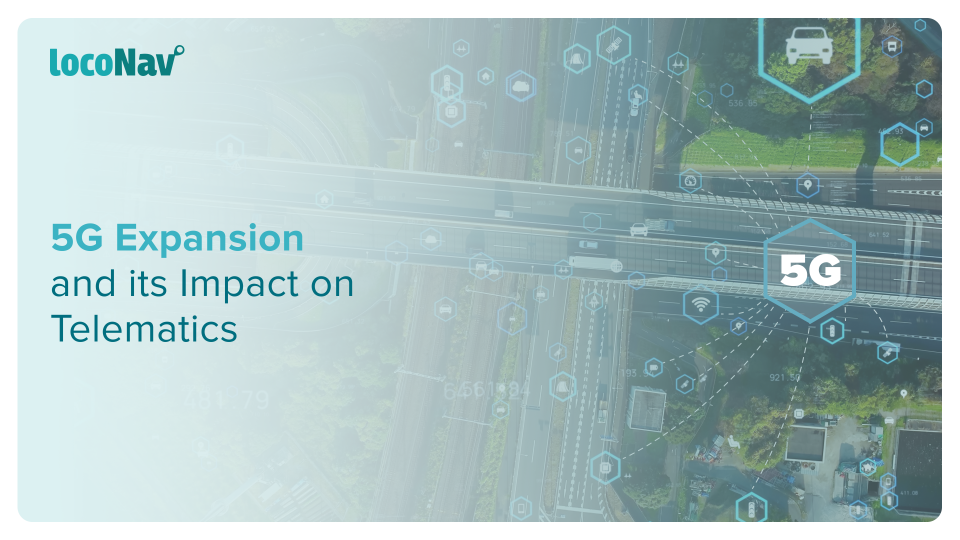

Telematics is a branch of computer science that combines telecommunications and automobile technology. It assists firms with scattered fleet management operations in tracking their massive vehicles and creating more efficient operations. Telematics has become mission-critical in the automobile and fleet industries as a result of the epidemic. 5G connectivity promises larger, more powerful connectivity on which these industries may rely to control disruption and maintain security.
Advanced Video Telematics Solutions at Ridiculously Accessible Prices!
What is 5G Expansion?
The fifth-generation technological benchmark for cellular networks is known as 5G. 5G, which is expected to give typical download speeds of 150-200Mbps, is around ten times quicker, than 4G, and more than thirty times faster than 3G. 5G speeds can exceed 1Gbps at their peak, allowing people to download a full HD film in roughly three minutes. In comparison, it would take more than 15 minutes to download such a file utilizing 4G.
Impact of 5G Expansion on Telematics
Heightened Safety
The majority of people are still concerned about the safety of self-driving automobiles. With its significant improvement in responsiveness and solid connectivity, 5G can provide the car with both reflex-like quickness and intelligent understanding to secure the journey. This can be translated into safety apps that provide better situational awareness to highly autonomous vehicles, deliver real-time accident risk alerts, and update city-wide traffic and road networks. 5G might potentially improve driver assistance systems by including features such as Forward Collision Warning, Automatic Emergency Braking, Abnormal Vehicle Warning, ‘Do not pass’ Warning, Emergency Vehicle Warning, Vulnerable Road User, and so on.
Inherent Connectivity
5G, like 3G-enabled social networks and 4G video and music streaming, is intended to enable a globally connected world. When compared to the most recent 4G LTE, 5G allows a connection intensity of 1 million connections/km2 – 100 % of connected devices per unit area. Vehicle-to-Everything (V2X) connection would require 5G.
Peer-to-peer communications, which are required for V2X, are also defined by 5G. This means that cars will be able to interact with one another without having to go through the network. This minimizes latency, which is important in safety applications.
Lower Turn Around Time
5G boasts almost immediate response times with sensitivity of less than 1 millisecond, a tenfold reduction in latency over 4G. Vehicles with an advanced degree of autonomy will feature sensors and cameras that replace a human driver’s eyes, ears, tactile senses, positional precision, and situational awareness. However, in order to simulate human response time, latency must be smaller than 2 milliseconds. This is only possible on a 5G network. In the time it takes a 4G network to reply, a linked car going at 60 mph would travel 2 meters. In the time it would take to “see” it and receive the signal to stop, your car would have collided with another vehicle.
Super-Fast Speed
5G is 100 times faster than 4G, with speeds of up to 100 GB per second. Highly automated vehicles, specifically Level 3 to 5 autonomous vehicles, will be continually “talking” with a slew of sensors, creating vast amounts of data that must be sent in real-time to other vehicles, smart things, and networks—data on the order of 2 million GB each week (an amount that would take a 4G network months to transfer).